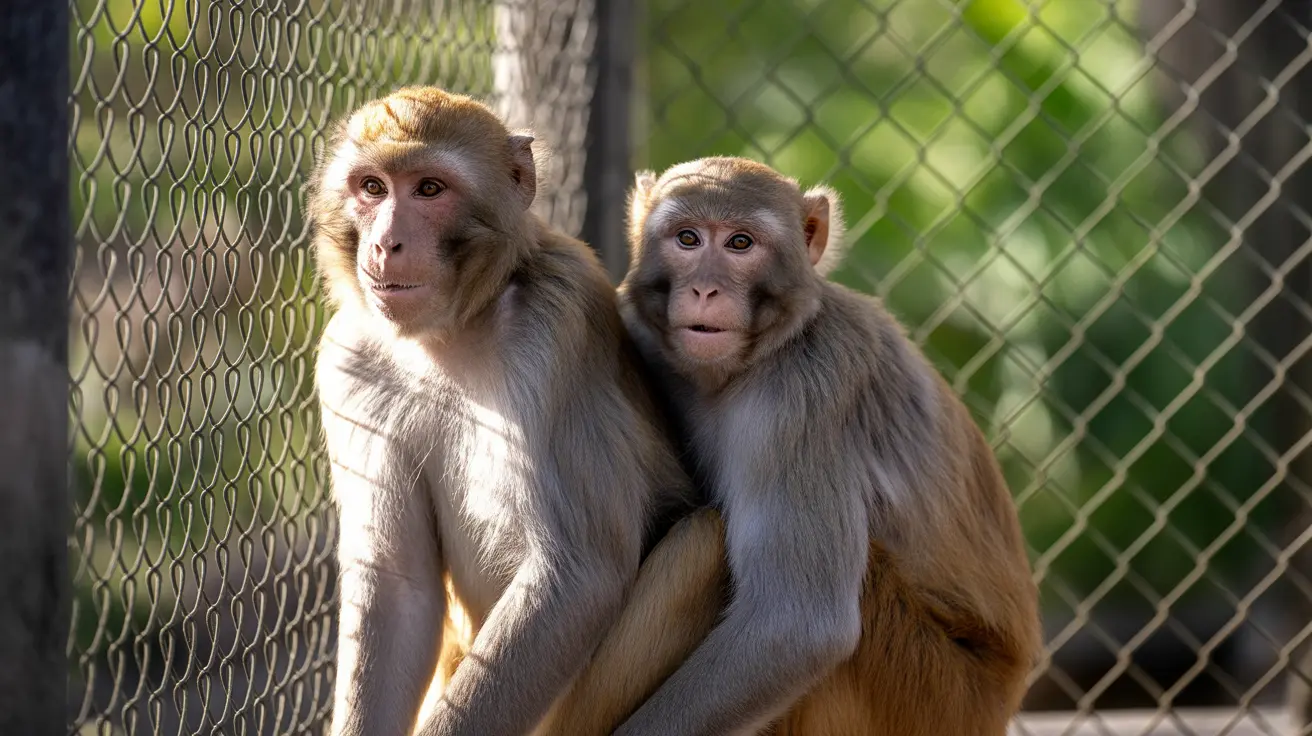Understanding Walnut Cat Litter: A Natural Choice for Pet Owners
If you’re searching for an eco-friendly, effective way to manage your cat’s litter box, walnut cat litter might catch your attention. This innovative product uses the shell of the walnut—an agricultural byproduct—to create a natural, biodegradable litter that stands apart from traditional options.
What Is Walnut Cat Litter?
Walnut cat litter is made by grinding up the hard shells of walnuts into granules or fine particles. Unlike clay-based litters, which are mined from the earth and can be heavy and dusty, walnut shell litter is lightweight and sustainable. The dark brown color comes naturally from the shells themselves, so there are no added dyes or artificial fragrances in most brands.
Key Features of Walnut Cat Litter
- Natural Material: Made entirely from crushed walnut shells.
- Biodegradable: Breaks down naturally, reducing landfill waste.
- Odor Control: The porous nature of walnut shells helps trap odors effectively.
- Absorbency: Absorbs moisture quickly to keep the litter box dry.
- Low Dust: Produces less dust than many clay-based alternatives.
Cats (and their owners) often appreciate these qualities. Many find that walnut litter tracks less outside the box compared to lighter materials like silica or paper pellets.
Benefits of Choosing Walnut Cat Litter
The advantages go beyond just being eco-friendly. Here’s why some pet owners make the switch:
- Sustainability: Since it’s made from a renewable resource—the shell left over after harvesting walnuts—this type of litter minimizes environmental impact.
- Lighter Weight: Carrying and pouring bags of walnut litter is easier on your back than lugging around heavy clay bags.
- No Harsh Chemicals: Most brands avoid perfumes and synthetic additives, making it gentler for sensitive cats (and people).
The deep brown color can also help disguise stains or clumps between cleanings, keeping things looking tidier day-to-day.
Litter Box Performance
- Clumping Ability: Many walnut litters form firm clumps when wet, making scooping straightforward. However, clump strength can vary between brands.
- Odor Neutralization: The natural absorbency of walnut shells helps capture ammonia odors before they spread through your home.
You’ll notice that some cats may need an adjustment period when switching to this new texture or scent. Mixing old and new litters during transition can help ease them in.
Caring for Your Cat and Home
If your household includes kittens or cats prone to eating non-food items, always monitor their behavior with any new litter. While walnut shell pieces are non-toxic, ingesting large amounts isn’t recommended. As with all natural products, store unused litter in a dry place to prevent mold growth.
Pitfalls and Considerations
- The dark color may make it harder to spot certain health issues (like blood in urine), so keep an eye out during scooping time.
- If allergies to nuts are a concern in your household—even though the shell contains little protein—it’s wise to consult with your veterinarian before switching.
User Tips for Best Results
- Scoop daily to maintain freshness and prevent odors from building up.
- Add fresh litter as needed after each cleaning session; don’t let it get too shallow in the box.
If you’re composting pet waste (where local laws allow), check if walnut-based litters are accepted—some composting systems can handle them better than others. Remember not to use composted cat waste on edible gardens due to potential pathogens.
A Sustainable Step Forward
The popularity of walnut cat litter continues to grow as more people seek greener solutions for pet care. With its blend of performance and sustainability, it offers an appealing alternative for those who want both convenience and environmental responsibility in their homes. If you’re ready for a change—and don’t mind trying something new—walnut might just become your favorite way to keep your feline friend happy and comfortable every day.





